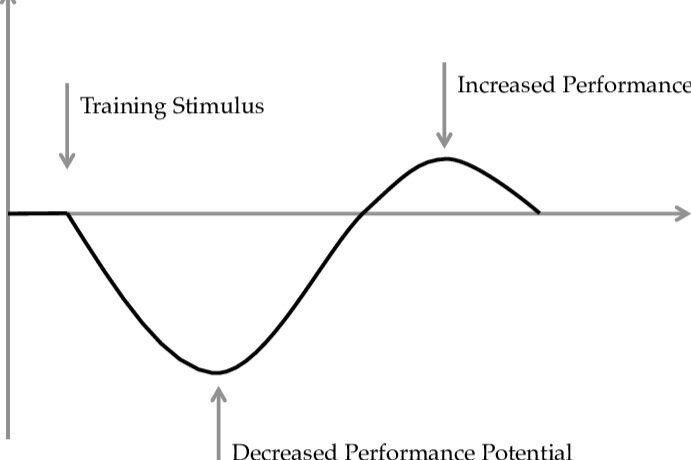.png)
Endurance training 1: Basic principles of endurance training
Endurance training works. If we get previously untrained folks off the couch and through a six-week programme of almost anything, they get faster. If we put highly-trained athletes through a ‘high-quality’ three-month programme, they almost always get faster. The capacity for the human body to adapt is remarkable. But what exactly constitutes a high-quality training programme? What is going on in the body that allows us to perform better after we train?
I am going to write a series of blogs on endurance training that will hopefully go some way to answering these questions (and others!). I’ll discuss concepts that will be familiar to many readers, such as high-intensity interval training, polarised training intensity distributions, and why we should consider using heart rate variability to guide our training. The content of these blogs should also go a long way to explaining the science behind many of the methodologies implemented in your Elevate Coaching training programme.
However, before we discuss the specifics of what constitutes a high-quality training programme, we need to understand the fundamental pillars of endurance training and training adaptation. Why does training make us better at endurance sport?
Fundamentals
When we train, we are challenging the body. We challenge the body to break down fuels to produce energy to keep us moving. Our heart beats faster and our internal temperatures rise. By-products of our efforts build up in our muscles and blood. We exercise physiologists would say that our homeostasis has been disturbed, which means that the tight ranges for physiological variables like temperature and pH that our bodies fight like hell to maintain are threatened. We interpret this disturbance as a stressor.
Rather sensibly, our body takes stock after the stressor – or training session - has abated. How can we deal with this threat better next time? If this happens again, how can we better control our internal homeostasis?
That’s when the magic happens. In order to better cope with the same exercise stimulus or training session next time, our body sends out a host of signals that leads to physiological adaptations designed to improve our response. We were struggling to get enough oxygen, so we start making more of the red blood cells that carry oxygen from the lungs to the muscles. Our heart wasn’t able to pump as much blood around the body as we would have liked, so we initiate signals to increase the size and power of our heart muscle. The muscles in our legs were struggling to keep up with the demand for energy that the exercise created, so we build more mitochondria, or aerobic ‘powerhouses’ within our muscle cells. We call these adaptations our “super-compensation” – which shows how our ability to cope with the exercise stressor has increased to a new, higher level. Hopefully you can see what I’m getting at below (Figure 1).

Fig. 1. Supercompensation model of endurance training. The vertical axis shows the athlete’s physiological capacity to cope with a particular training session. This decreases in the acute aftermath of training as a result of training-induced fatigue. Physiological signals are sent and the adaptive process then starts, resulting in supercompensation and a new, improved physiological capacity to cope with a particular training session. Theoretically, this process repeats with each individual training session over the course of a training cycle.
It is worth acknowledging that this does not happen straight away, and the response to an individual exercise training session is quite small. These small adaptations are, however, additive, meaning that if we repeatedly challenge our body’s capacity to maintain its homeostasis, we will eventually induce meaningful, functional, and, importantly from my perspective as an exercise physiologist, measurable physiological adaptations. These adaptations, accrued over time and in response to each individual training session, are why training makes us better at endurance sport.
Summary
In summary, then, the physiological changes that occur within our body after solid blocks of training are the summation of very small responses to each individual training session. When these small responses are added together by consistent training performed over a long period, performance improves.
.png?width=100&height=100&name=Untitled%20design%20(3).png)